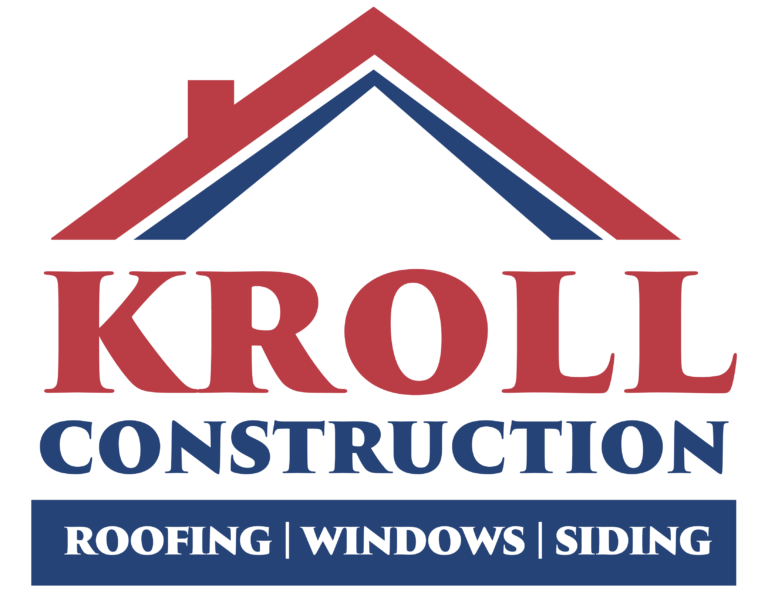The Windows of Today: What Modern Engineering Can Bring To Your Home – Part I – Not Just New, But New New Windows
Modern engineering has given us windows that do more than the most basic of functions. Today, you don’t have to compromise on aesthetics to save on energy, and you don’t have to forget sustainability if you want excellent functionality. Some of the most significant innovations that are existing in many windows today are as follows.
Insulated Glass
Insulated glass (IG) is an especially formulated glazing type that is designed to limit heat transfer through the window unit. Most IG units feature two or more panes of glass that are separated by a spacer. Many types of insulated glass have thin metallic low emissivity coatings that reflect heat into or out of the home, depending on the season. As a result, they lower energy loss, reduce utility costs, and also help protect furnishing from fading due to harmful UV rays.
Insulated Frame
You can also find low conductivity materials for your window frames that retain heat and maintain your “home weather” – without cracking. Examples include composites such as vinyl, fiberglass, and engineered wood. Aside from improved energy performance and durability, these frames can also help with noise reduction.
Low Maintenance
Developments in window engineering and manufacturing have yielded longer-lasting materials that retain their shape, strength, and color for as long as 30 years. Some of these materials only require repainting every so often.
Tilt-In Feature
In the same vein of convenience as low maintenance window materials, the ease of cleaning today’s windows without the use of a stepladder is made possible with glass panels that tilt-in with a touch.
Energy Efficiency
The rising need for better energy resource management has led to manufacturing techniques that are geared for optimal energy performance. A good example would be the multi-chambered construction and fusion-welded corners on vinyl frames that make them less susceptible to heat transfer and, thus, one of the most energy-efficient options for windows.
And there are available guidelines that help homeowners choose the right products for their home, climate zone, and energy needs. We’ll find out more about energy efficiency in the second part of this three-part installment.

